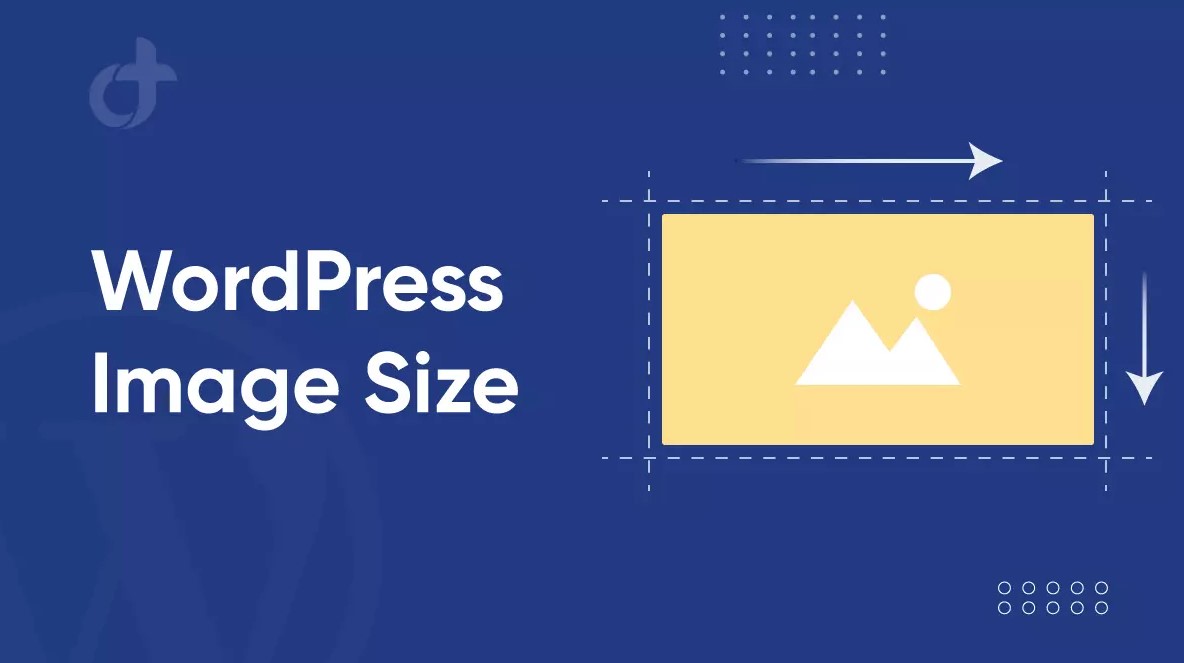In the realm of WordPress, the featured image holds paramount importance, acting as the initial focal point for any post. Choosing the appropriate size is integral to ensuring its effectiveness, as it serves as a virtual billboard for your content, striving to captivate the attention of visitors. Failure to select the right size can significantly impact traffic and diminish the overall appeal of your posts. Thus, mastering the art of altering featured image sizes is essential for optimizing your WordPress experience.
Unveiling the Featured Image
Before delving into the intricacies of resizing, it’s crucial to understand the essence of a featured image. This image serves as a visual representation of your post or page content, occupying a prominent position beneath the title and often appearing in various contexts such as search engine results and social media shares.
Evolution of Terminology
While commonly referred to as the “featured image,” it may also be known as the header image, varying based on theme specifications. Its significance lies in its widespread visibility, making it imperative to craft an impactful visual asset.
Navigating the Setup
Prior to resizing, the initial step involves setting a featured image within WordPress. The process is straightforward:
- Access a Post or Page: Open an existing post or page or create a new one.
- Locate the Featured Image Section: Navigate to the settings section and expand the Featured Image option.
- Select the Image: Click on “Set featured image” to choose the desired image from your media library.
Altering Image Dimensions
Method 1: Utilizing WordPress Editing Tools
While WordPress offers basic editing functionalities, such as cropping and scaling, it’s imperative to exercise caution as these alterations may compromise image quality. While suitable for minor adjustments, complex resizing tasks are better suited for dedicated photo editing software like Photoshop.
Method 2: Preparing Images Before Uploading
A prudent approach involves pre-sizing images using external software like Photoshop to ensure optimal dimensions. This method affords greater control and preserves image quality, essential for crafting visually appealing content.
Method 3: Implementing PHP Code
For advanced users, modifying image sizes via PHP code offers a viable option. By appending a snippet to the theme’s functions.php file, users can specify desired dimensions and cropping preferences. However, this method warrants caution, as inaccuracies may disrupt website functionality.
Configuring WordPress Image Sizes
Beyond featured images, WordPress encompasses default sizing options for thumbnails, medium-sized, large, and full-size images. Customizing these dimensions is feasible through the following steps:
- Access Media Settings: Navigate to Settings and select Media.
- Adjust Default Sizes: Customize image dimensions according to your preferences.
- Save Changes: Confirm alterations by saving settings.
Optimizing for SEO
Resizing featured images is futile without optimizing them for search engine visibility. Incorporating descriptive Alt Text enhances SEO efficacy, facilitating better indexing and improving user experience.
FAQ: Addressing Common Queries
Setting Featured Images: Is it Mandatory?
While not obligatory, manually setting featured images enhances visual appeal and aligns with content objectives, offering greater control over presentation.
Responsiveness of Featured Images: A Standard Feature?
In most cases, modern WordPress themes incorporate responsiveness, ensuring optimal image display across various devices. However, thorough testing is recommended to identify potential compatibility issues.
Ideal Featured Image Size: Theme-Dependent Consideration
The ideal dimensions vary based on theme specifications, with 1200×628 pixels serving as a widely accepted standard. Consulting theme documentation or seeking recommendations from support channels aids in determining optimal sizing.
Embark on Image Optimization
In conclusion, the process of resizing featured images in WordPress underscores the platform’s user-friendly nature. By adhering to recommended practices and leveraging available tools, users can enhance visual appeal, elevate SEO performance, and ultimately bolster content engagement. Dedicate adequate attention to crafting compelling featured images, as they serve as the gateway to captivating your audience’s interest. Start optimizing your WordPress experience today by fine-tuning your featured image sizes.








